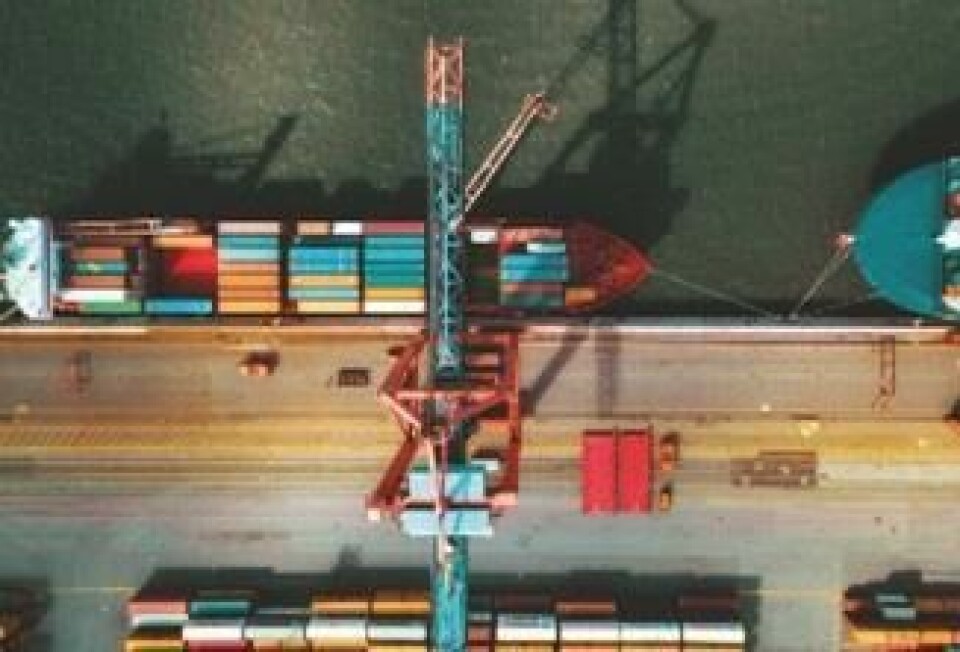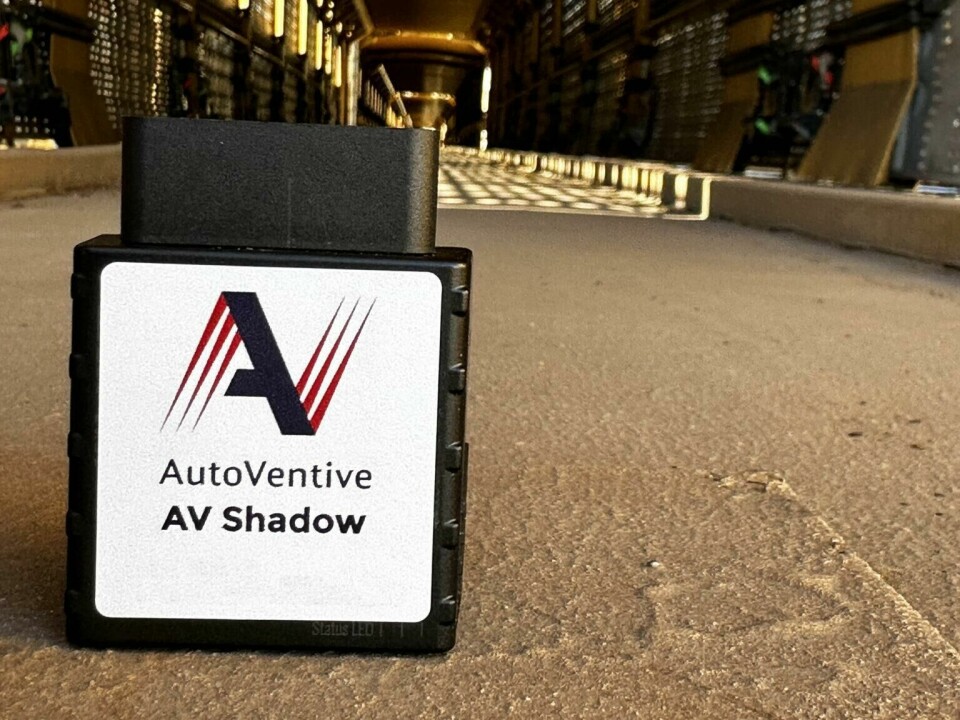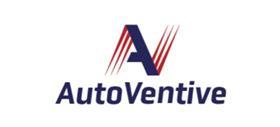Pre-empting and preventing shipping damage in FVL
PARTNER CONTENT
This content was paid for by AutoVentive and produced in partnership with Automotive Logistics
Greater importance has been placed on tracking software in recent years by OEMs and logistics firms, particularly with the advent of artificial intelligence (AI), to help ship vehicles in an easier, more sustainable and more efficient way. Now, AutoVentive says logistics software can help OEMs identify and prevent damage in shipping – before it even happens.
Timing, precision and quality are essential in the world of finished vehicle logistics, and eliminating damage as much as possible is a priority for every OEM and tier supplier. In recent years, software has been developed to help ensure that shipping vehicles is a smooth process, helping to increase tracking and visibility to minimise risk. But with AI, this software can do much more than that.

Lee Williams, chief technology officer, AutoVentive says that progress in technology is allowing AutoVentive to learn from past damage, analyse it and even prevent it. He explains how elevated handling, which can cause or lead to vehicle damage, can be mapped out by AutoVentive. “We will heat map it, we’ll go back to our client and show them the hotspots on their shipping route,” he says. “We can then point out the places where we’re seeing lots of elevated handling events and figure out if there’s something going on there.”
Reducing railcar ramming
Transporting vehicles by rail can be risky, but visibility and analytics can help reduce the damage. “We notice that whenever a rail car comes to a stop and starts off again, there’s a lot of movement happening to the vehicle,” he says. “There’s a bit of slack between the rail cars, so as they move away again they start to shunt each other until the ones at the back experience quite a big shunt. It’s the same in reverse, when the driver hits the brakes and they slow down, the rail cars at the back are still moving forward and eventually end up hitting each other with a lot of force.”
From this, Williams says they can look for damage on vehicles in these rail cars, as there is a higher likelihood they’ve been scratched or dented. But the data also allows AutoVentive to track on which routes these stops and starts are happening, and to advise OEMs or logistics firms to switch their planned route of travel. “We’ve been doing these trials with Ford and found that we’re seeing hot spots for potential damage on certain railways,” he says.

But it’s not just the position of the rail car that is analysed in the data, or even the force of the impact the rail car receives when hit. Williams says that AutoVentive also examines the area where damage was sustained on the vehicle. “We don’t just look at G-force thresholds, we also look at the pattern of the movement,” he explains. AutoVentive records this data through its AV Shadow, a telematics tracking system with plug-and-play and geofencing technology that can precisely locate and verify inventory. So instead of inspecting every car suspected of being involved in an impact, Williams says they can tell customers which vehicles are most likely to have been damaged. But not only this – they can pinpoint exactly where the damage is likely to be on the vehicle, saving precious time and resources. Using a 3D rendering of the vehicle being moved in a specific direction, they can visualise and assess the damage, rather than having to manually check each vehicle. “When working with Ford we had a vehicle that had been lifted up and shunted forward and a little bit to the right during shipping,” he says. “We were able to figure out where there could be damage. Data analytics and raw data isn’t that useful, but what is useful is how you display that information and communicate it with the clients.”
“We put one of our devices into a NASCAR vehicle. It was a rare opportunitiy to see a vehicle experience high G-force right in front of us.”– Lee Williams, Autoventive.
It can rule out vehicles that are likely to be unscathed, too. “If a vehicle has been forced down and to the side, it’s likely not to have caused damage as the vehicle is sat on the floor,” he says. “We try to take the knowledge from our data that we receive and feedback to the end user what’s actually happened to that vehicle, just through our software.”
In fact, AutoVentive teamed up with NASCAR to put G-force thresholds to the test. Williams says the experience helped debunk the “myth” that G-force threshold was the biggest indicator that a vehicle had been damaged, rather than the position and pattern of that force. “We actually put one of our devices into one of the NASCAR vehicles and we learned a lot from the way that the vehicle was being driven around, because we were looking at the data streaming in at the same time,” he says. “It was a rare opportunity for us to see a vehicle experiencing high G-force right in front of us, and we can see what exactly is happening to it through the data.”
Optimising yard logistics while increasing safety
While logistics operations need to be fast-paced, they also need to be safe, and rushing can lead to accidents without accountability. Williams says a big priority for AutoVentive is to see where accidents can be reduced, by having employees at yards use wearable safety devices which the company is currently developing. “This can track how those employees are driving vehicles in yards and on public roads,” he says. “One problem is employees turning up to the yards on their first day who jump into a $100,000 Mustang and drive it 100 miles an hour down the freeway, so this limits that for their own safety through accountability and visibility.”

Hardware such as the AV Shadow can be used to make logistics operations in the yard quicker and safer, too. These are standardised so they can communicate with any firm’s software and can communicate things like VIN numbers to help identify vehicles, and engine management codes that can identify problems with a vehicle. “Say a vehicle has an issue with its air conditioning pump while it’s sitting in the yard, the software will notify us not to ship it,” Williams says. “It will also tell us things like battery levels in electrified vehicles, so if it needs to be recharged, the system will prompt our yard management.” In some cases, if the vehicle supports it, tire pressures and internal and external temperatures can be communicated too.
Tackling vehicle theft
“If you ask anyone, they’ll tell you that one of the biggest problems in the industry right now is the theft problem,” says Williams. “Commodities are getting stolen everywhere. I was at a rail conference a few months ago and every speaker there was talking about how thefts were affecting their business.”
He says that one of the things that devices like the AV Shadow can do is give enhanced visibility through external sensors. Williams says the firm has been trialing these sensors on the doors of rail cars so if the door is open anywhere aside from the destination or origin, there will be an alert sent out to the user.
Williams says: “At the end of the day, the main priority is reducing risk. We’ve tried to build dedicated tools to give more visibility and communications to OEMs and ensure that everything is as efficient as it can be.”






